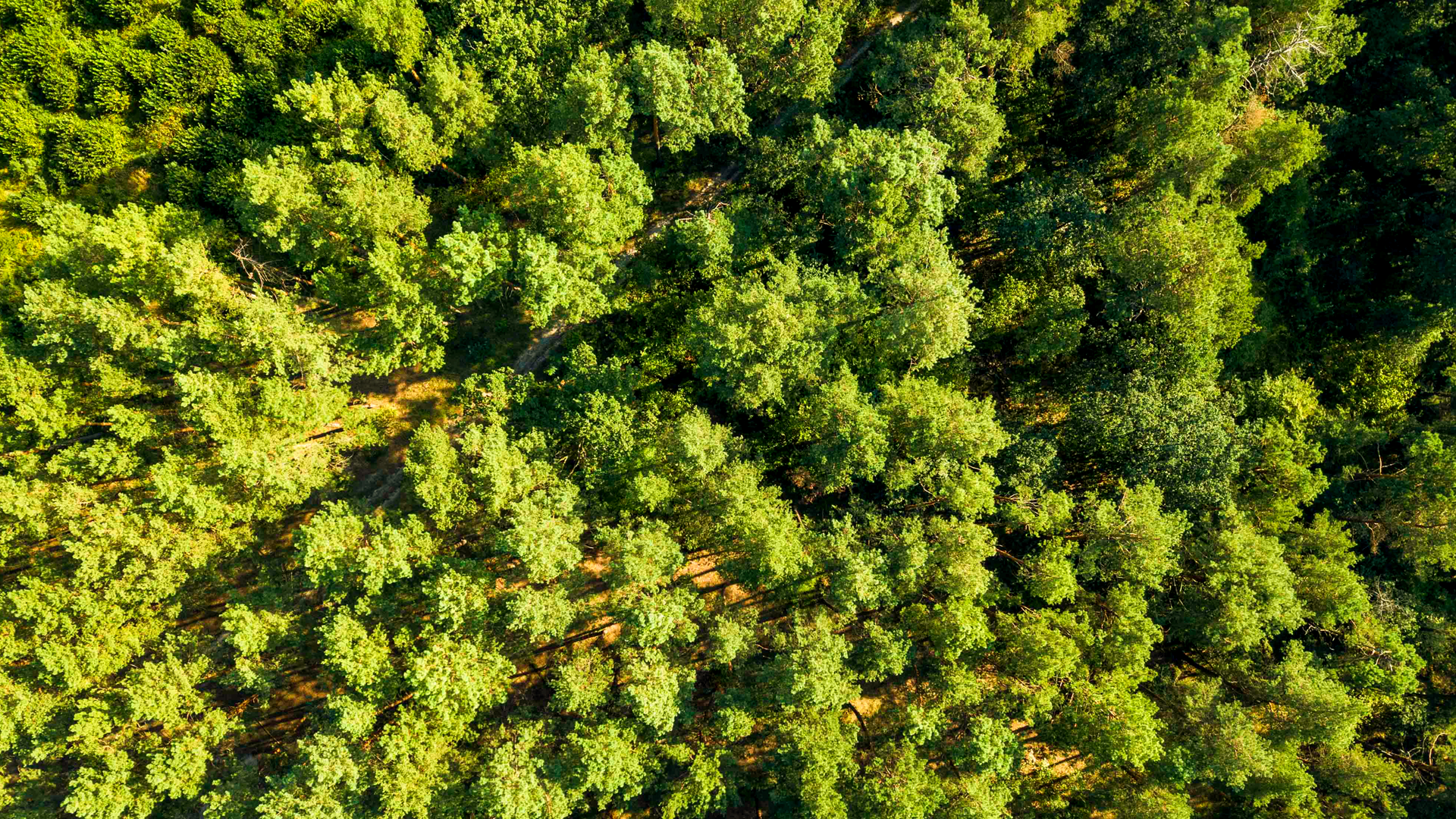| Western Australian resources sector companies are leading the way in adopting low emissions technology in a step towards a more sustainable future and in line with meeting the Paris Agreement.The Chamber of Minerals and Energy of Western Australia’s (CME) Chief Executive Paul Everingham said many of CME’s members were transitioning to a lower emissions economy, driven in part by shareholder expectations.“Shareholders are becoming increasingly vocal about their desire for companies to be sustainable, which has led many to adopt innovative methods of reducing their carbon footprint,” he said. “The actions being undertaken vary widely ranging from fundamental research to drive technology innovation and step-change in industrial processes, to energy and efficiency improvements, to improved natural resource usage and waste minimisation, to large-scale carbon capture and storage to tree planting.” The release yesterday of The World Gold Council’s Gold and Climate Change: Current and Future Impacts report stated that the gold industry has put itself at the forefront of the decarbonisation push by laying out cost-effective ways of eliminating carbon emissions from its mines. The report also said there were “substantial opportunities … to adapt to a net zero carbon future.” “Locally, we’ve already seen Gold Fields Agnew gold mine become the first in Australia to be powered by a renewable wind, solar, battery storage and gas microgrid,” Mr Everingham said. Other examples of CME’s members meaningfully reducing greenhouse gas emissions include:
“These examples represent a clear commitment to changing the way these companies do business, with carbon reduction now at the forefront of mind for the sector,” Mr Everingham said. “It also demonstrates that the resources sector can act on its own accord without the need for Government intervention, which can prohibit investment and expansion, which ultimately would cost the state significantly in terms of economic contribution and job creation.” |



